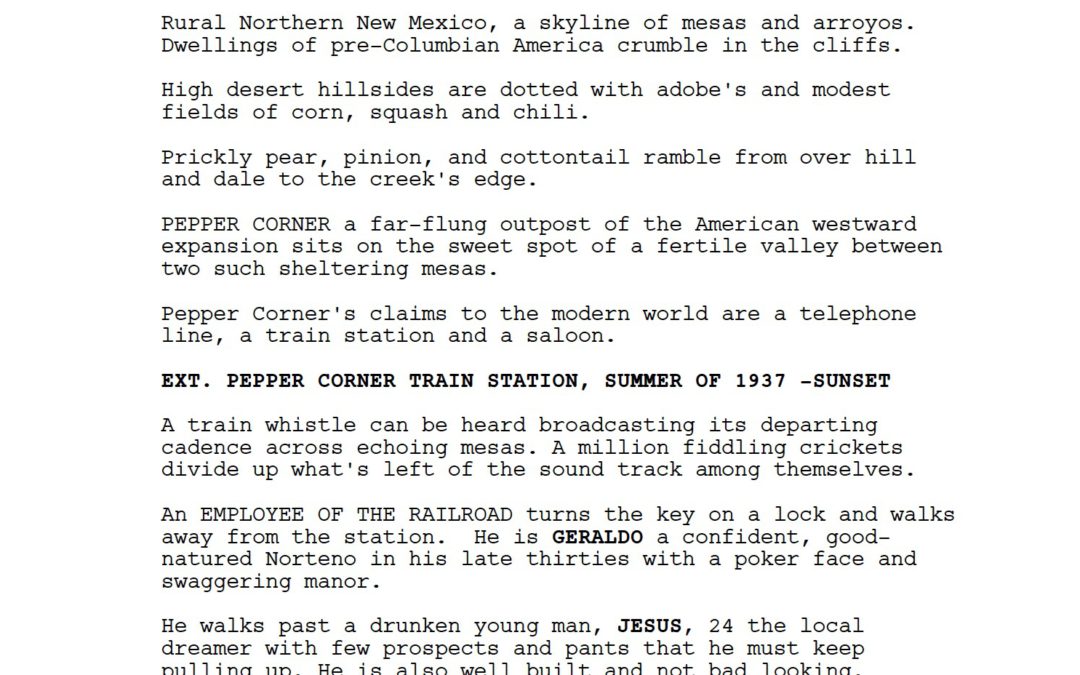
“Pepper Corner”
•Short Screenplay•
Pepper Corner is a far-flung outpost of the American westward expansion sitting on the sweet spot of a fertile valley between two such sheltering mesas. Enjoy this short film script.

Pepper Corner is a far-flung outpost of the American westward expansion sitting on the sweet spot of a fertile valley between two such sheltering mesas. Enjoy this short film script.
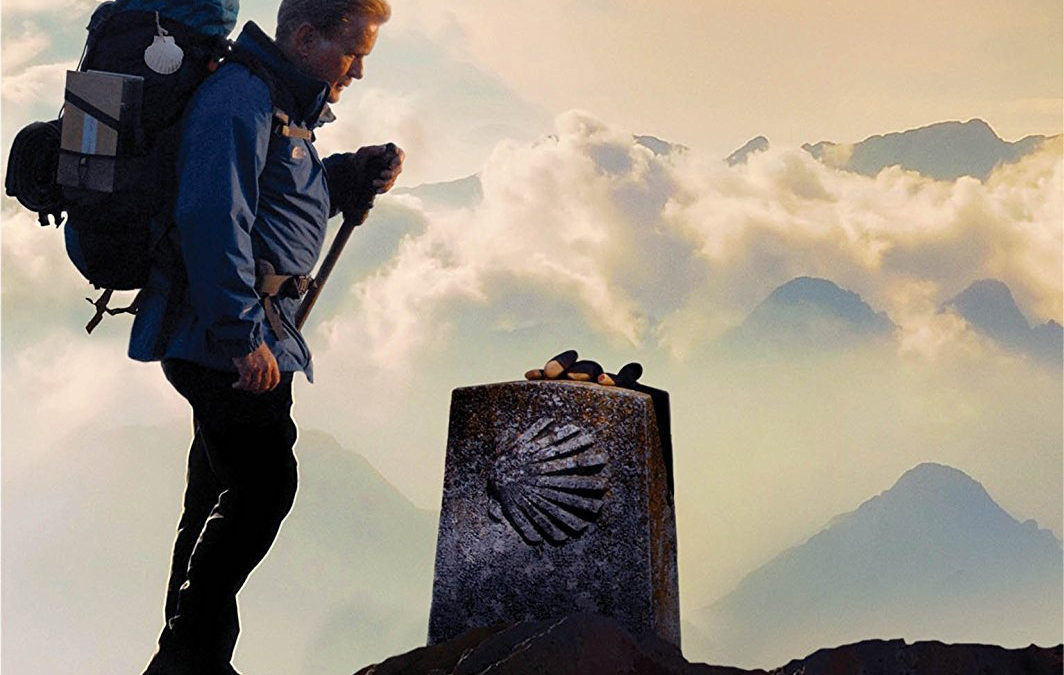
If this evening’s event at the Screen hosted by the Santa Fe Film Festival is any indication, we’re in for a great time at the movies this October.
I was treated—along with a couple hundred other movie lovers—to an advanced viewing of “The Way,” written, directed by, and featuring Emilio Estevez. His real life father, Martin Sheen, plays Tom, a grieving doctor making his way on a thousand-year-old Spanish pilgrim route where his son’s life suddenly ended.
Both stars were present for a Q&A afterwards, which remained full to capacity with a diverse Santa Fe audience including local celebs Ali MacGraw, Wes and Maura Studi, Repo Man producer, Peter McCarthy, college students, and a few locals who had walked Camino de Santiago themselves.
It could sound like a vanity project; a well-known father and son from the movies shoot a film in sunny Spain then go across America by bus to promote it. It turns out to be a superb collaboration between a couple of gifted artists who created something unforgettable with a valuable lesson woven in about the difference between choosing life and living it.
All good stories have transformations in them. “The Way” is also about transformation. A quartet of gifted actors drives it. Over the course of his journey Tom unwittingly attracts three companions. Joost is a jolly Falstaff from Amsterdam. Lonely Sarah, the lanky blonde nicotine junkie, is a jaded Canadian. A bit later, they encounter Irishman Jack, the blocked writer stuck in a revolving metaphor.
Sound familiar?
When asked about the cast in our Q&A, the writer/director referred to his father, who plays his dad, as his “Dorothy on the yellow brick road.” This device was so well integrated I did not catch on until Emilio revealed it. I immediately recognized the parallel and applauded his creative choice. “The Wizard of Oz” is one of the most widely embraced pieces of popular entertainment of all time, a gold standard for good storytelling, and it was released at a period in our past that has many parallels with our present. I predict “The Way,” will be universally embraced like Oz, because we are all in the mood for some good soul food.
Now, don’t get the idea that you’re going to see fantasy when you watch “The Way.” It concerns the lives of familiar people in real world predicaments. There are very light touches of magical realism which are, actually, ingeniously laid-in flashbacks revealing Tom’s regret over lost opportunities with his son.
“The Way” is also packed with exquisite scenery lovingly framed, but the ever-changing landscape is never depended upon to convey the characters’ progressive transformations. The actors’ finely directed performances achieve that, so the landscape is free to glorify nature and, if you wish, furnish evidence of a benevolent Creator.
Yes, the views on the Camino de Santiago are unforgettable. Thanks to superb cinematography, I’ve all but breathed the air now and glimpsed its history. Those same 500 miles were trekked by St. Francis and El Cid, to mention just a few, yet religion is not the point. In this story, it is treated as neither all good nor all bad.
Santa Fe Film Festival Executive Director Diane Schneier Perrin tipped her hat to SFFF founder Jon Bowman who introduced Estevez and Sheen and “The Way” producer David Alexanian before the Q&A.
“In the end, everyone learns they are OK the way they are,” said Martin to the audience. “You don’t have to change anything about yourself. You’re fine.”
Sometimes you want to change but you have to do your best with what you have been given. This became a theme for their movie-making process as well. Emilio explained how they overcame technical and budgetary challenges. For example, the movie was shot on Super 16mm, a low-budget film stock, using mostly natural light, with a minimal crew, but the end result is excellent. Regardless of what they spent to make it, no one calls work this good “low-budget.” It’s clear that this father and son both love the project, and are proud of the final product with good reason.
Martin told us if he never made another movie, this would be a great one to cap off his career. I sat there and nodded my head. Silly me, what was I agreeing to? No one that just gave one of the best performances of his life should be talking like that.
But don’t worry. Judging from how he looked, with his brilliant kid standing next to him, getting some of their first feedback on the fine film they just made, both Martin and Emilio were looking more bitten by the bug than ever. All they could say was, “Thanks for loving it. Please spread the word.”
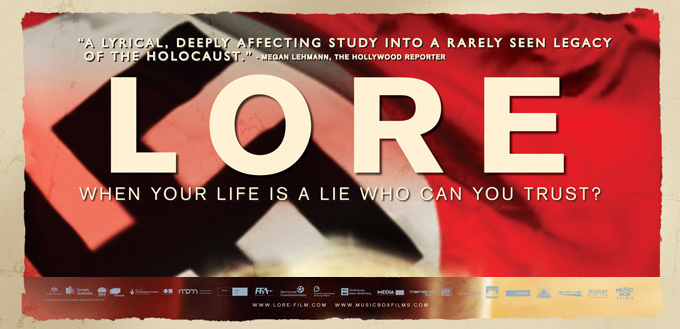
The U.S. is considered the evil perpetrator in the eyes of the Nazi children fleeing Allied occupation in Aussie director Cate Shortland’s latest film “Lore.” The script is adapted from Rachel Seiffert’s bestselling novel “The Dark Room.”
In the aftermath of the this year’s election, American audiences should pay attention to this fable, which focuses on themes of trust and tradition, exposing the blind prejudices that can be smuggled inside a nation’s most treasured principles.
When asked in an interview what happens in her film, the director answered, “It’s about when you find out the people you love and the community you trusted lied to you.” Shortland is challenging us to examine our hand-me-down beliefs through the lives of four orphans torn from their homes in war. The children of racists become apt samples of racism in general since infantile phobia is at the bottom of it all.
Accompanying these innocents in the wild, Shortland invites her audience to assume a role. Parents are missing from their lives so the story naturally triggers instinct. We can’t exert any influence, but, with a massive assist from gifted Aussie DP Adam Arkapaw (“Animal Kingdom”), we hide with that underage troupe in the open, under the elements, feeling as vulnerable as they do.
With a deft directorial touch, the boy/girl relationship at the center of this film becomes shorthand for the breaking down of self-limiting beliefs that keep prejudice in place. Shortland’s tale affirms that no single race, age group, culture or country can pretend to be “übermensch”–, but it also shows how when the human race pulls altogether, it can be pretty über.
“Lore” is Australia’s nominee for Best Foreign Film at the 2013 Academy Awards, so this is a polished production all around. Like last year’s festival favorite, “Monsieur Lazare,” (2011), it delivers amazing performances from child actors.
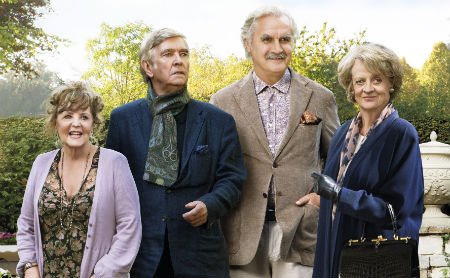
The musical quartet was invented to exploit the fundamental registers of the human voice. Its meaning has morphed to denote any art form where variations can be tried on the theme of four. Four is a tidy number. Like voices in a music composition, an effective quartet of characters in a script must interconnect and balance so that anything one character does, causes a complimentary, credible, and compelling reaction from the other three. Reactions from each of those characters in return should result in the same formal, complimentary symmetry. It is not an easy feat to achieve, though the masters make it seems so.
The movie,“Quartet” is a comedy directed by actor Dustin Hoffman and is set in a home for aging musicians. I know—it sounds kind of tame for the wizard that personified youthful alienation as Benjamin Braddock in “The Graduate”, or dragged himself over the razor’s edge as Ratzo Rizzo in “Midnight Cowboy”—roles through which Hoffman established his genius.
Quartet
The man has paid us several lifetimes worth of artistic gold already. The recent Kennedy Center honoree got his start in theater at the Actor’s Studio in 1962 and began attracting critical praise in 1966 for his role as Ventine Brose in “Eh?” by Henry Livings. So it is fitting that a film that is being called his directorial debut is an adaptation from a stage play (from a script by Ronald Harwood). “Quartet,” says Hoffman, “is about living this life.”
His roles in “Lenny”, “Papillon”, “Tootsie” or “Rainman” demonstrate, not only the versatile chameleon and courageous risk taker Dustin Hoffman has always been, but his good judgment in selecting worthwhile projects over the course of a long career. Assembling such a superlative cast for “Quartet” confirms my suspicions that this will be another Dustin Hoffman film we won’t want to miss. It brought cheering crowds to their feet when it premiered at the Toronto International Film Festival.
Dustin Hoffman has scored almost as many victories on the stage as on screen, playing his generation’s definitive Willy Loman in “Death of a Salesman” on Broadway. To be able to project that transition from escapist optimism to spiritual bankruptcy eight shows a week for more than twelve dozen performances requires Michaelangelo-like will. It proves—far more than just a great actor—what a consummate artist he is.
Anyone reluctant to see a film directed by an artist that they’ve only previously ever considered an actor, remember: the Sistine Chapel was painted by an artist that considered himself a sculptor. As for this being Hoffman’s directorial debut, in fact, his first such gig was at a North Dakota theater in 1967 with Saroyan’s “The Time of Your Life,” a script, by the way, full of foursquare passages.
The high spirit Hoffman has always brought to his work makes me eager to discover what he is wrestling with now, in the deeper sense. His “Quartet,” is about an octogenarian opera diva that takes charge by refusing to sing. It is also about a distinguished actor that shows up for a movie and refuses to act.
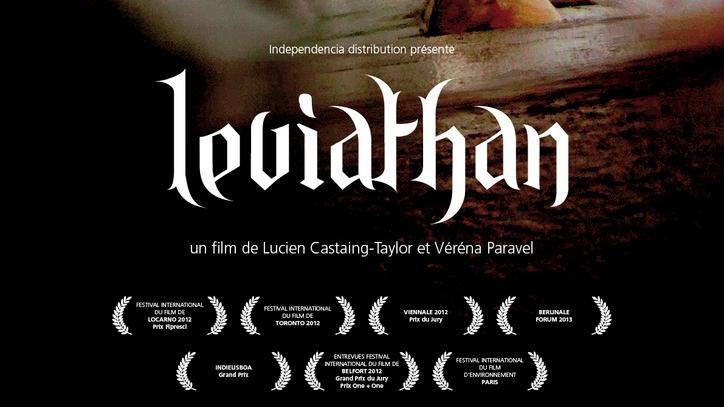
“Leviathan”, screening at the Santa Fe Film Festival this year, is a highly effective horror film made all the more so without a clear beginning, middle or end, because what we witness goes on in real life, day after day after day. With the preponderance of super-portable HD cameras, more and more directors are adopting this shotgun approach to filmmaking.
For his latest outing, anthropologist/filmmaker Lucien Castaign-Taylor collaborates with fellow Harvard faculty alum, Verena Pavel. We are in experimental territory here, with filmmakers aiming their panoply of lenses at the craft, crew and carnage of a Bedford, MA. commercial fishing outfit. Some viewers have found this non-verbal work of pure cinema, bleak, directionless and detached. Some will praised its democratic aspirations for the audience. All have found it visceral, challenging and unlike anything they’ve ever seen on a movie screen.
Castaign-Taylor has also collaborated with his wife, Ilisa Barbash,Associate Curator of Visual Anthropology at the Peabody Museum, Harvard University. “In and Out of Africa” (1992). It is an ethnographic video about the African art market that has won eight international awards. Those two also gave us the film “Sweetgrass” (2009), which played at the Screen in Santa Fe, with a personal appearance by Castaign-Taylor. “Sweetgrass” is a mournful reflection on the American West and the primordial, tenuous symbiosis between humans and animals.
The absence of a narrative arc in “Leviathan” can be unsettling, but the creative duo at its core are rightly to be celebrated, by their peers at least, for delivering a work of profound ethnographic importance. For non-academic audience members, this is a monster movie extraordinaire.
“Leviathan” at the 2012 Santa Fe Film FestivalIf you long for a prolonged derangement of the senses, the big screen experience of this is not to be missed. The preponderance of dark, stark, compositions, above and below the surface, drag us through the deeps of our own conscience as constituents of the callous species who use machines to decimate earth. Most if not all of the audience are end users contributing to this ecological nightmare. We are the digestive tract of this mechanical Leviathan, the Biblical sea monster that is described in the book of Job: “Nothing on earth is his equal—a creature without fear.”
For viewers that like to be challenged, “Leviathan” filmmakers explore the deconstructive potential of the documentary form, effectively eviscerating its subject with the blunt-edge of dozens of cameras, at angles odd and even, frames fixed and floating, exposures majestic and confounding plus an abstract soundtrack both creaky and pounding.
Like the marine world under attack, the audience is not spared. This factual report cuts to the core, not in a preachy fashion, not with a message or an agenda, but with sheer observational authority. What we conclude from all of this is entirely up to us.
– – –
“Leviathan” will be playing Saturday, December 8 at 12:15 p.m. at the Screen as part of the 2012 Santa Fe Film Festival.
More information and complete program and schedule, please visit the Santa Fe Film Festival website. To purchase tickets, visit TicketsSantaFe.org.